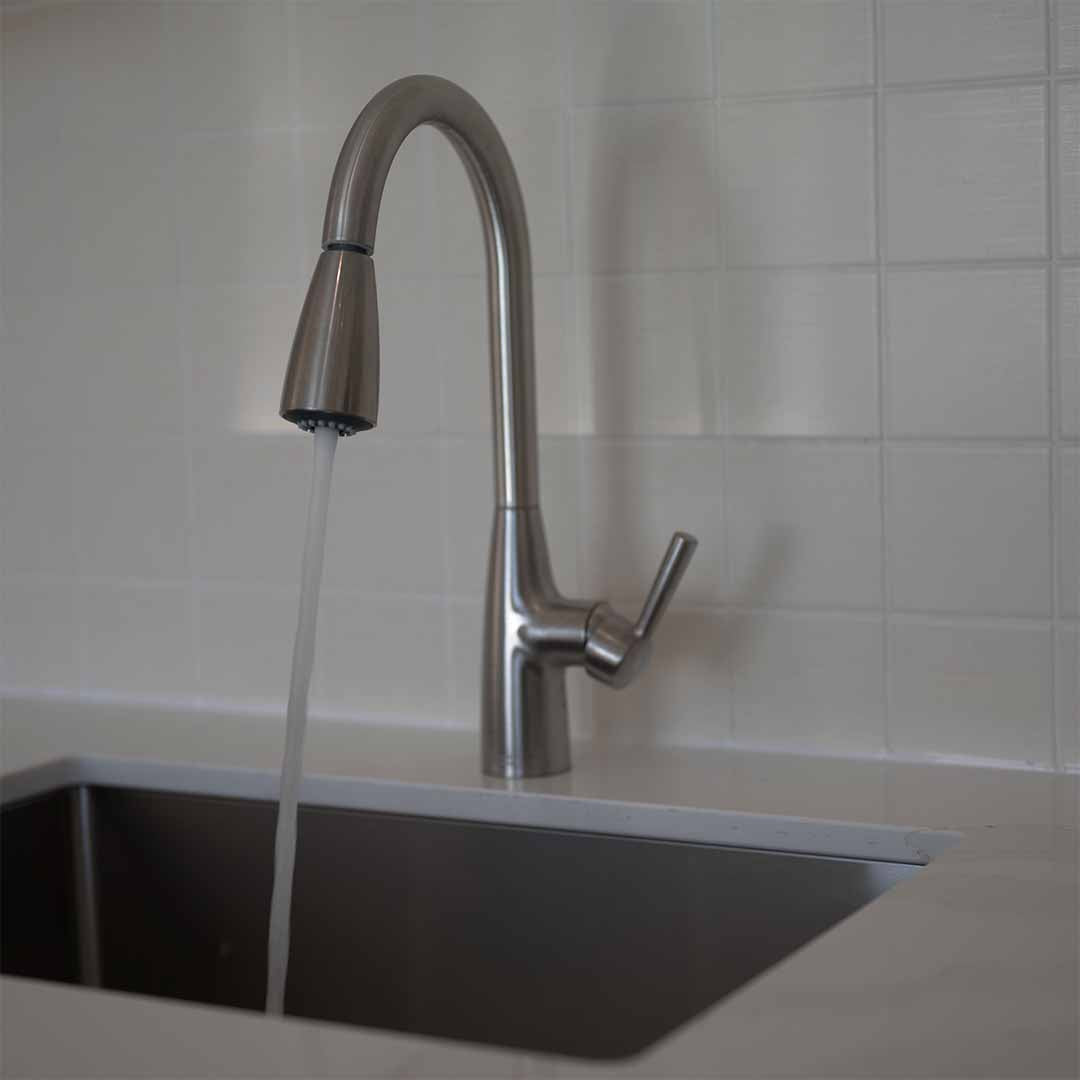
Unlocking the Potential of Your Tap: A Comprehensive Guide to Tap Techniques
Unlocking the Potential of Your Tap: A Comprehensive Guide to Tap Techniques
Introduction:
The humble tap, a seemingly simple fixture in our homes, holds a vast potential that often goes unnoticed. Beyond its basic function of delivering water, taps offer a range of features and techniques that can enhance our daily lives, promote sustainability, and elevate the overall experience of water usage. In this comprehensive guide, we will delve into the various tap techniques and explore their importance in optimizing water usage and improving the functionality of this essential household fixture.
1. Water Conservation Techniques:
Water scarcity is a pressing global issue, and responsible water usage has become crucial for a sustainable future. Taps play a significant role in our water consumption, and adopting water conservation techniques can make a substantial impact. Some important points to consider in water conservation:
-
Aerators: Installing aerators in taps can mix air with water, reducing flow while maintaining adequate pressure. This simple addition can significantly cut down water usage without compromising performance.
-
Sensor Taps: Sensor-activated taps are equipped with motion sensors that turn on the water only when hands are detected. This eliminates the need to manually turn off the tap, preventing wastage and promoting hygiene.
-
Low-Flow Taps: Low-flow taps are designed to limit water flow without compromising functionality. By using less water per minute, these taps contribute to water conservation efforts.
2. Advanced Filtration Systems:
Ensuring the quality of tap water is essential for our health and well-being. Tap water can contain impurities and contaminants, but with advanced filtration systems integrated into taps, we can enjoy clean and safe water directly from the faucet. Key points include:
-
Activated Carbon Filters: These filters remove chlorine, sediment, and organic compounds from tap water, enhancing its taste and odor.
-
Reverse Osmosis (RO) Technology: RO filters eliminate dissolved impurities and heavy metals, providing purified water for drinking and cooking.
3. Temperature Control and Energy Efficiency:
Achieving the right water temperature is essential for various tasks, such as washing hands, dishes, or filling a glass. Tap techniques that allow temperature control and energy efficiency include:
-
Thermostatic Mixing Valves (TMVs): TMVs blend hot and cold water to achieve a preset temperature, preventing scalding and ensuring energy-efficient water heating.
-
Instant Hot Water Taps: These taps deliver hot water on demand, eliminating the need to wait for water to heat up, thus saving time, energy, and water.
4. Smart Taps and Integration:
The rise of smart technology has revolutionized various aspects of our lives, including tap functionalities. Smart taps offer cutting-edge features and integration with other devices for added convenience:
-
Voice-Activated Controls: Integration with voice assistants allows hands-free operation, making tasks in the kitchen or bathroom more seamless.
-
App-Controlled Settings: Some smart taps come with dedicated smartphone apps, allowing users to monitor water usage, set personalized preferences, and receive maintenance alerts.
Conclusion:
The potential of taps extends far beyond their primary function. By embracing tap techniques that focus on water conservation, advanced filtration, temperature control, and smart integration, we can unlock a world of possibilities to enhance our daily lives and contribute to a more sustainable future. Embracing these innovative tap features not only benefits us as individuals but also plays a crucial role in preserving our precious water resources for generations to come. So, let's tap into the potential of our taps and make a positive impact on our lives and the environment.
